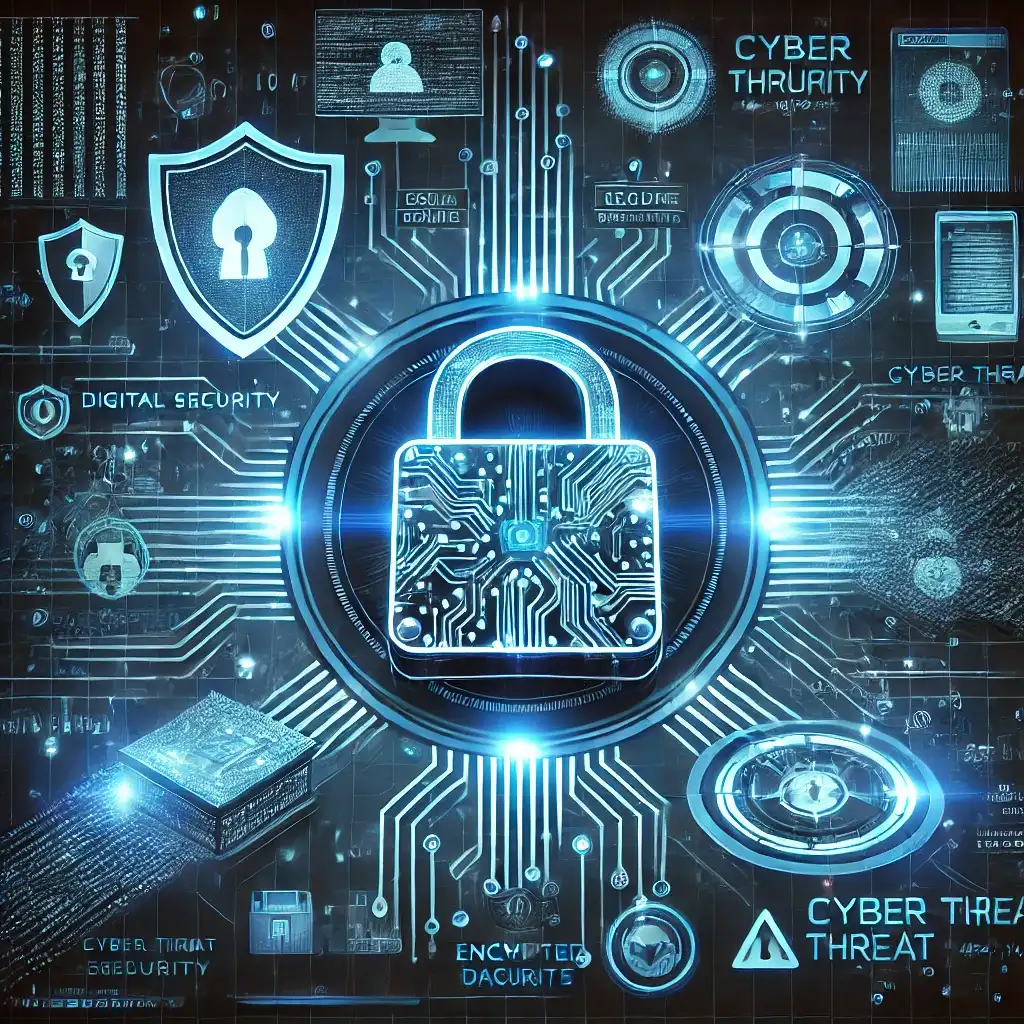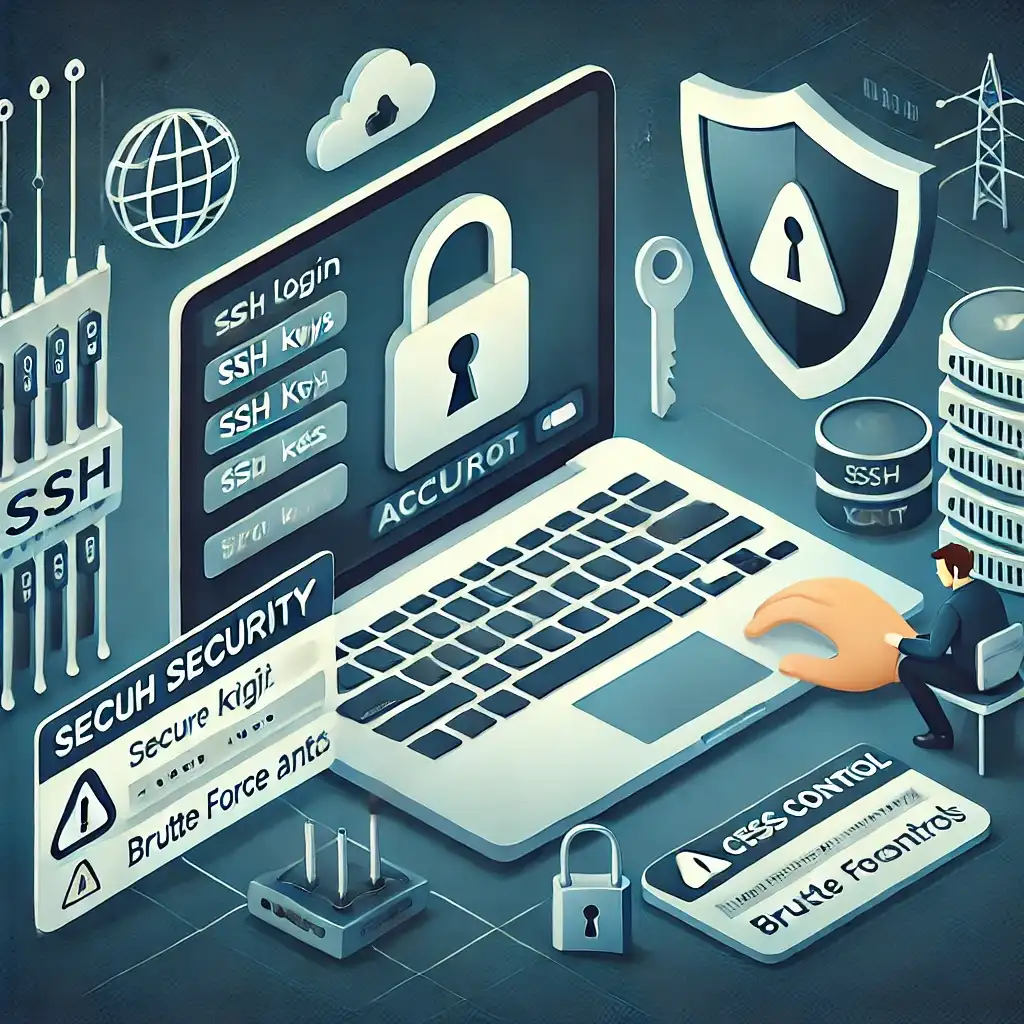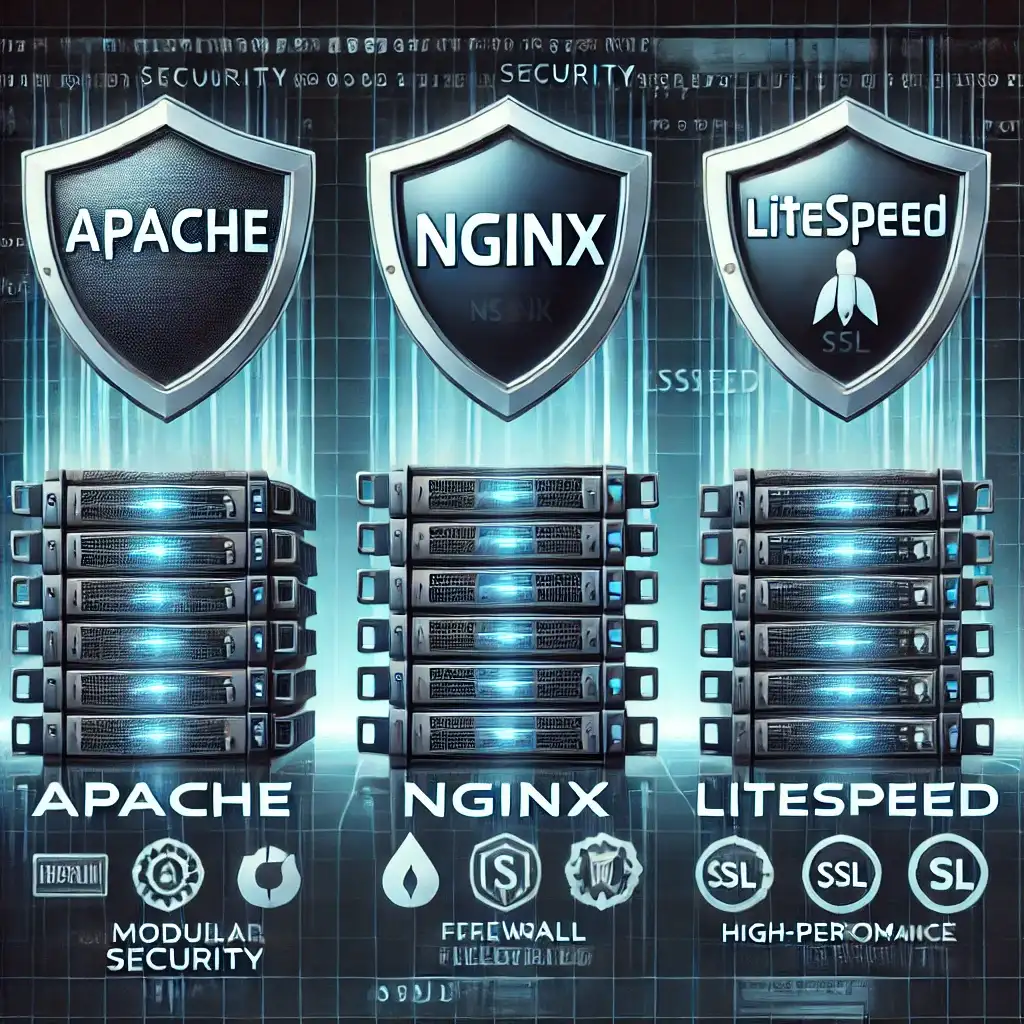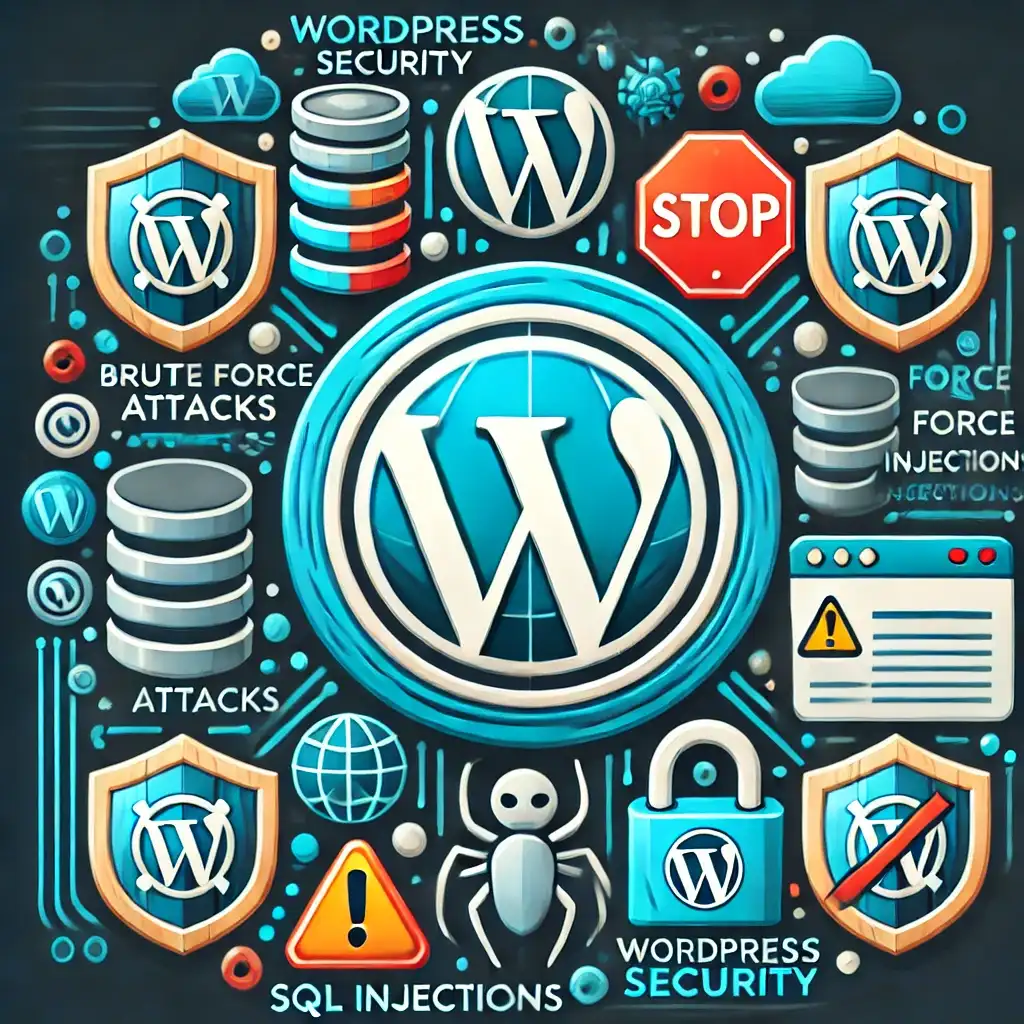
In today's digital world, protecting personal data, corporate information, and critical infrastructure has become more important than ever. Cybersecurity is the process of safeguarding these systems from threats and is a vital concern for everyone, from individuals to large organizations. In this article, I will explain the core concepts of cybersecurity, common threats, and protection methods in detail — and I’ll try to elaborate further in future articles. If I missed anything, feel free to comment.
1. What Is Cybersecurity?
Cybersecurity encompasses the processes of preventing unauthorized access, attacks, or damage to computer systems, networks, software, and digital data. Cyber attacks can affect anyone from individual users to large enterprises.
The core goals of cybersecurity are:
- Confidentiality: Preventing unauthorized access to data.
- Integrity: Ensuring data is not altered without permission.
- Availability: Ensuring authorized users have consistent access to data.
Since most modern technologies are internet-connected, cybersecurity is not limited to software and hardware protection. User awareness, secure access policies, and proactive measures also play a critical role.
2. Core Concepts of Cybersecurity
To understand cybersecurity, it’s essential to grasp some fundamental concepts:
A. Authentication
Methods used to verify that a user is who they claim to be. Common authentication types include:
- Single-Factor Authentication: Using only a password.
- Multi-Factor Authentication (MFA): Password plus a secondary factor like a phone verification or biometric data.
- Biometric Authentication: Uses physical traits like fingerprints or facial recognition.
B. Authorization
After authentication, authorization determines what actions a user can perform. For example, an admin may have different access rights than a regular user.
C. Encryption
Protecting data using algorithms to make it unreadable to unauthorized users. Common encryption methods include:
- AES (Advanced Encryption Standard): A powerful algorithm used by banks and governments.
- RSA (Rivest-Shamir-Adleman): A public-key encryption system for securing data.
- SSL/TLS: Encrypts internet traffic and ensures secure communication.
D. Vulnerabilities
Flaws in software or hardware that can be exploited. Hackers who discover vulnerabilities are typically categorized as:
- White Hat Hackers: Ethically find and report vulnerabilities to improve security.
- Black Hat Hackers: Exploit vulnerabilities for malicious purposes.
- Grey Hat Hackers: Operate in between; not always ethical but not overtly malicious.
E. Firewall
Software or hardware that blocks unauthorized access. Firewalls help protect devices by filtering incoming and outgoing network traffic.
3. Common Cyber Threats
Cyber attacks can take many forms. Here are the most common types:
A. Malware
Software designed to damage, steal data, or crash systems. Common types include:
- Viruses: Replicate themselves and damage files or systems.
- Trojan Horses: Appear harmless but perform malicious actions once installed.
- Ransomware: Encrypts a user’s data and demands payment for access.
- Spyware: Collects personal data without user consent.
B. Phishing
Attacks that use fake emails, websites, or messages to trick users into giving away personal information.
How to stay safe?
- Always verify links in emails before clicking.
- Do not enter sensitive information on non-HTTPS websites.
- Avoid opening attachments from unknown sources.
C. DDoS (Distributed Denial-of-Service) Attacks
Overloading a website or network with traffic, making it unusable.
D. SQL Injection
Executing malicious SQL queries to gain unauthorized access to a website’s database.
E. Man-in-the-Middle (MitM) Attacks
Intercepting communication between two parties to steal information. Commonly occurs on public Wi-Fi networks.
4. How to Enhance Cybersecurity
To protect against cyber threats, individuals and organizations should take the following precautions:
A. Use Strong Passwords
- Passwords should be at least 12 characters long and complex.
- Never reuse the same password across multiple platforms.
- Consider using password manager tools.
B. Enable Two-Factor Authentication (2FA)
Add an extra layer of security with SMS, email, or biometric verification.
C. Keep Software Updated
- Regularly update operating systems and applications.
- Avoid using outdated or unsupported software.
D. Use Firewalls and Antivirus Software
- Install reputable antivirus programs.
- Use firewalls to block malicious traffic.
E. Practice Safe Internet Use
- Avoid untrusted or public Wi-Fi networks.
- Ensure sites you visit use HTTPS encryption.
- Use a VPN to encrypt your internet traffic.
F. Regular Data Backups
- Back up important files on external drives or cloud storage.
- Frequent backups are the best defense against ransomware.
Related Articles








